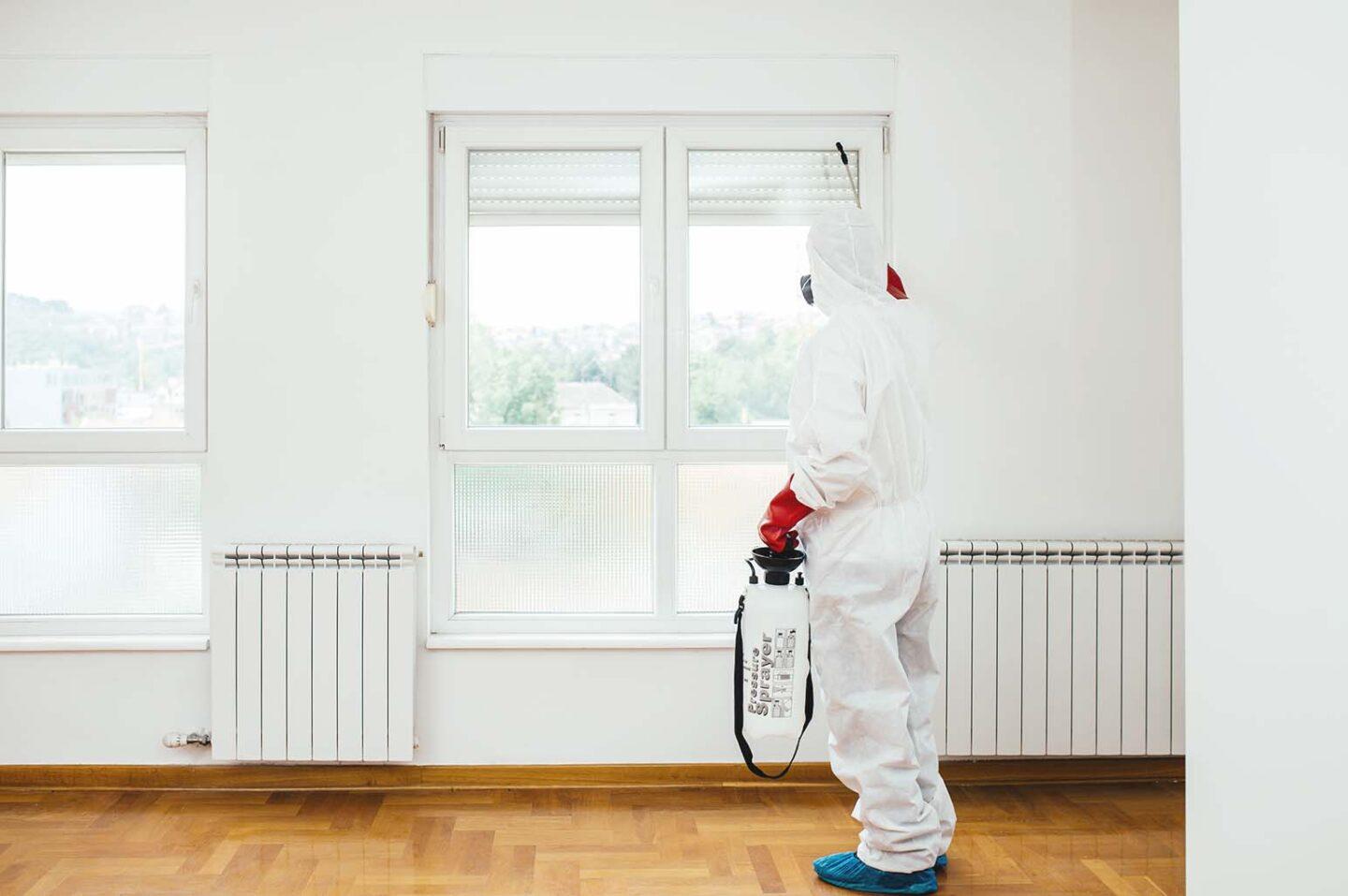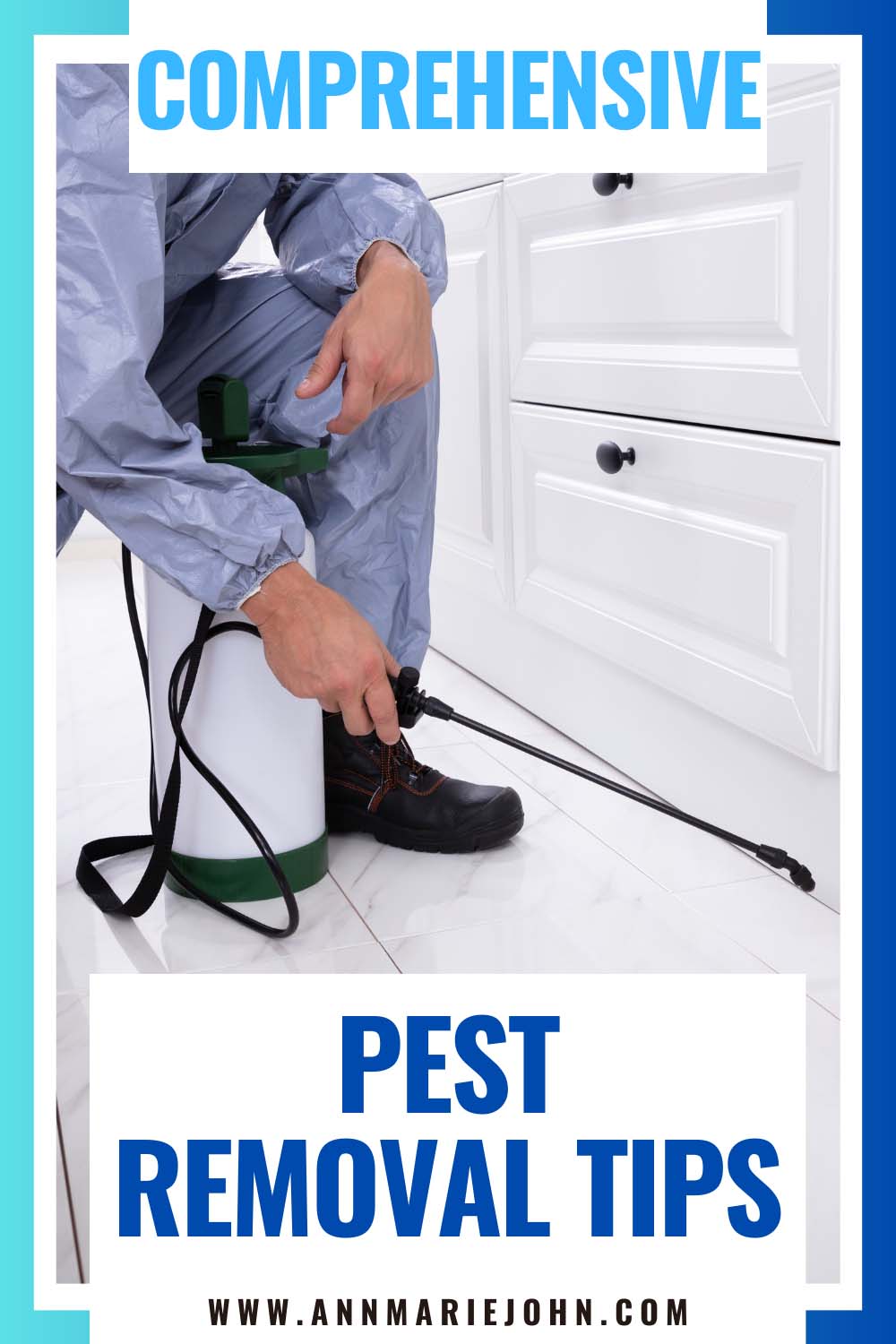Discover effective strategies to maintain a pest-free environment with these comprehensive pest removal tips. Protect your home and family effortlessly.

Living in harmony with nature doesn’t have to mean sharing your space with unwelcome critters and pests. Uninvited guests like rodents, insects, and other pests can not only be a nuisance but can also pose significant health risks and cause damage to your property. Our guide is designed to help you reclaim your home and outdoor spaces.
From preventive measures to effective DIY solutions and professional advice, we cover all bases to ensure you can enjoy a safe, comfortable, and pest-free environment. Whether you’re battling an ongoing infestation or looking to prevent future invasions, you’ll find insightful strategies and tips to protect your home and loved ones.

Professional Pest Control Services
When DIY methods fall short or when dealing with a large-scale infestation, professional pest control services can provide a more comprehensive solution. These experts have access to specialized tools and knowledge to effectively address pest problems, from termite colonies to rodent invasions. Choosing a reputable provider is crucial, as is ensuring they use environmentally responsible techniques.
Professionals can also offer advice on long-term prevention strategies and perform regular inspections to catch potential problems early. While professional services require an investment, the peace of mind and long-term effectiveness often justify the cost. The folks at Orkin note that a pest control technician has the education, equipment, and skills necessary to effectively address a pest problem. Don’t hesitate to seek out professional assistance when needed.
Identifying Common Pests
Understanding the type of pests you’re dealing with is the first step towards a pest-free home. Rodents, such as mice and rats, are notorious for chewing through wires and spreading diseases. Insects like cockroaches, ants, and termites can also pose significant risks, from food contamination to structural damage. Identifying pests accurately will help you choose the most effective control strategy.
To recognize different pests, pay attention to signs like droppings, damage to property, or actual sightings. Each pest has unique behaviors and preferences; for example, termites are attracted to wood, while cockroaches prefer damp areas. Knowing these habits can guide your prevention and treatment efforts.
Preventive Measures
Prevention is better than cure, especially when it comes to pests. Sealing entry points is critical; inspect your home for any cracks or holes in walls, floors, and foundations, and seal them promptly. Additionally, proper waste management and cleaning routines can significantly reduce the likelihood of infestations, as pests are often attracted to food scraps and clutter.
Another key preventive measure is to maintain your yard and outdoor areas. Overgrown vegetation and standing water can provide breeding grounds for pests. Regular landscaping and ensuring proper drainage can make your outdoor space less appealing to unwanted guests. It’s also a good idea to store firewood and other potential nesting materials away from your home. Furthermore, regularly inspecting and cleaning your gutters can prevent pests from breeding in damp debris. If you have pets, make sure to keep their food and water bowls clean and tidy up any spills or crumbs.
DIY Solutions
For those inclined to tackle pest problems themselves, several DIY solutions can be effective. Natural remedies, such as using essential oils like peppermint, lavender, or tea tree oil, can deter various pests. Homemade traps and baits can also manage smaller infestations of ants or flies, offering a low-cost alternative to commercial products.
However, it’s important to approach DIY pest control with caution. Misusing chemicals or underestimating an infestation can exacerbate the problem. Always follow product instructions carefully, wear protective clothing, and consider the potential impacts on pets and children. When in doubt, consult a professional. They can offer guidance on safe and effective DIY methods or step in if the situation escalates.
Post-Treatment Care
After addressing a pest infestation, ongoing vigilance is necessary to prevent a recurrence. Regularly inspecting your property for signs of pests and maintaining a clean, orderly home can deter future invasions. Implement the preventive measures discussed earlier as part of your routine.
It’s also helpful to assess the effectiveness of the treatment and any DIY or professional solutions used. If pests reappear, consider adjusting your approach or consulting with experts for further assistance. Remember, keeping your home pest-free is an ongoing effort, not a one-time task. For example, it may be necessary to seal potential entry points periodically or adjust your outdoor maintenance routines as the seasons change.
In Conclusion
Whether you prefer DIY methods or seek professional assistance, a comprehensive approach is crucial to dealing with pests. Understanding common pests and their behaviors, taking preventative measures, using effective treatment strategies, and maintaining post-treatment care can help you rid your home of unwanted guests and enjoy a pest-free environment. With these tips, you can protect your family’s health and preserve the comfort of your living space. Don’t let pests take over – take control and reclaim your home today!
